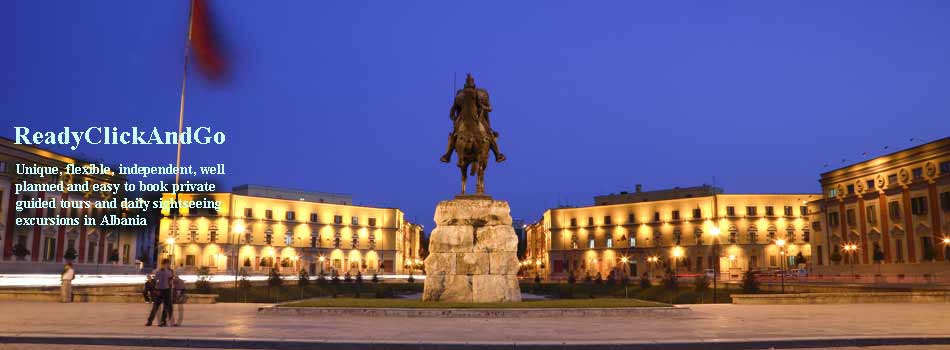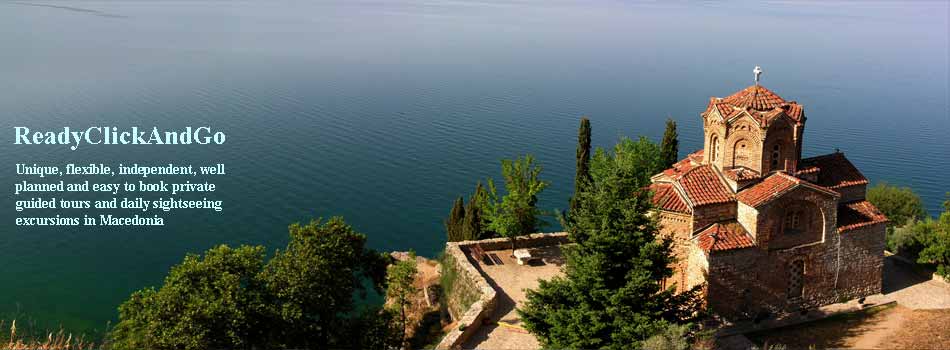Bus
Did you know that you should get on the buses in Kyoto at the back, and get off at the front?! And that you pay when you get off the bus, not when you get on?
Getting around Kyoto is surprisingly easy compared to Tokyo – the streets (dori) are laid out in a rectangular grid pattern with most of the main tourist sites within a central area. Buses rather than the subway are most useful for getting around the centre, and the main buses you will need are the green City Bus which also include the brightly painted Raku or tourist bus. Get a bus route map from Kyoto Station.
Bus stops have electronic boards showing when the next buses are due, and there are announcements and signs on board in English.
The fare for a single bus journey in the city centre is 220 Yen, but you can buy a Kyoto City Bus All-Day Pass for just 500 Yen which gives you unlimited travel for the day. You can buy these passes from the information centre at Kyoto Station, or from the bus driver.
If you are buying a single ticket for just one bus ride, when you get on the bus (at the back!) take a ticket from the machine. When you get off the bus (at the front), put the ticket in the machine there, and the exact money in the slot at the top. This will be 220 Yen if you’ve kept within the central area, but if you’ve travelled beyond that, the number on your ticket matches a number on display in the bus which will tell you the fare.
If you have a pass, put the pass into the machines by the doors when you get on, and when you get off.
Beware – traffic is heavy in the city centre and jams are frequent and frustrating.
Raku Bus (tourist ‘easy’ bus)
These buses run in a loop and are specifically for foreigners travelling to the major sights of Kyoto – they depart from platform D2 at the bus terminal at Kyoto Station except the 102 which goes from the Silver Pavilion;
Route 100 – from Kyoto Station to Sanjusangen-do Temple, Kyomizu-dera Temple, Yasaka-jinja Shrine, Heian-jingu Shrine, Eikan-do Temple, Nazen-ji Temple, and Silver Pavilion.
Route 101 – from Kyoto Station to Nijo Castle, Nishijin Textile Center, Kitano Tenmangu Shrine, Golden Pavilion, and Daitoku-ji Temple.
Route 102 – from Silver Pavilion (Ginkakuji-michi) to the Kyoto Imperial Palace, Nishijin Textile Center, Kitano Tenmangu Shrine, Golden Pavilion (Kinkaku-ji), and Daitoku-ji Temple.
Subway
Avoid the traffic jams of central Kyoto and take the subway. There are 2 underground subway lines, the north-south Karasuma line, and the east-west Tozai line. The lines cross at Karasuma Oike station in the middle where you can change from one to the other.
Each station has its own number or code, so for example, Kujo station is K12 – the 12th station on the Karasuma line, and this number is displayed inside the train as it comes up to each station.
Fares depend on how far you travel, ranging from 210 Yen to 340 Yen, but you can buy a 1-day pass called the Subway One Day Pass Card for 600 Yen.
The subway runs between 5.30am and 11.30pm.
Kyoto One Day Sightseeing Pass Card costs 1200 Yen (there is a 2-day pass for 2000 Yen). This gives you unlimited travel throughout the city centre not only on the subway but also on the buses.
Railways
There are several train lines, JR is the most well known but there are others, convenient for some attractions in central Kyoto, but mostly for trips to Nara and Osaka;
Kintestu Line from Kyoto Station – goes to Nara (around 610 Yen)
Hankyu from Karawamachi Station – goes to the Katsura Rikyu, the Imperial Palace Gardens, and to Arashiyama, and you can connect onto Osaka (540 Yen)
Keifuku Lines – these are trams going to Omiya Station in the north-east of Kyoto, good for getting to the Ryoanji Temple and the Golden Temple and the picturesque Arashiyama district in the west of the city. These trams are also called Randen, and fares are a flat 200 Yen, and a 1 day pass is 500 Yen.
Keihan Line from Sanjo Station – goes to Gion and beyond to Osaka
Surutto Kansai 2 and 3 day Travel Passes can be used on buses, all trains except JR, and the subway throughout the Kansai region which includes Kyoto, Kobe, Osaka, Nara and Wakayama. They cost 3800 Yen for 2 days unlimited travel and 5000 Yen for 3 days (the days must be consecutive), and you need your passport to prove you are a foreigner when you buy one. You also get some discounts at tourist attractions
Trains have announcements in English, and stations also have signs in English too. Stations are numbered, and lines colour-coded on maps.
If you fancy using Kyoto’s public transport network for your sightseeing, why not hire an English-speaking local guide to take you around for half a day or a full day? Experienced and knowledgeable, your guide will tell you all about the places you see – a little history, why things are the way they are, how people live and work, they will give you shopping tips and generally make sure that you get the most out of your sightseeing. For more information please email Tara@ReadyClickAndGo.com













Hi, thanks for the follow, and like of Largest Mosque in Istanbul. WordPress Guided me to this post on Kyoto, well written and very informative. It was not too difficult to figure out Kyoto buses with a little Japanese thirty years ago. Now with your clear explanations, it’s a breeze. Kampai.
Thank you!